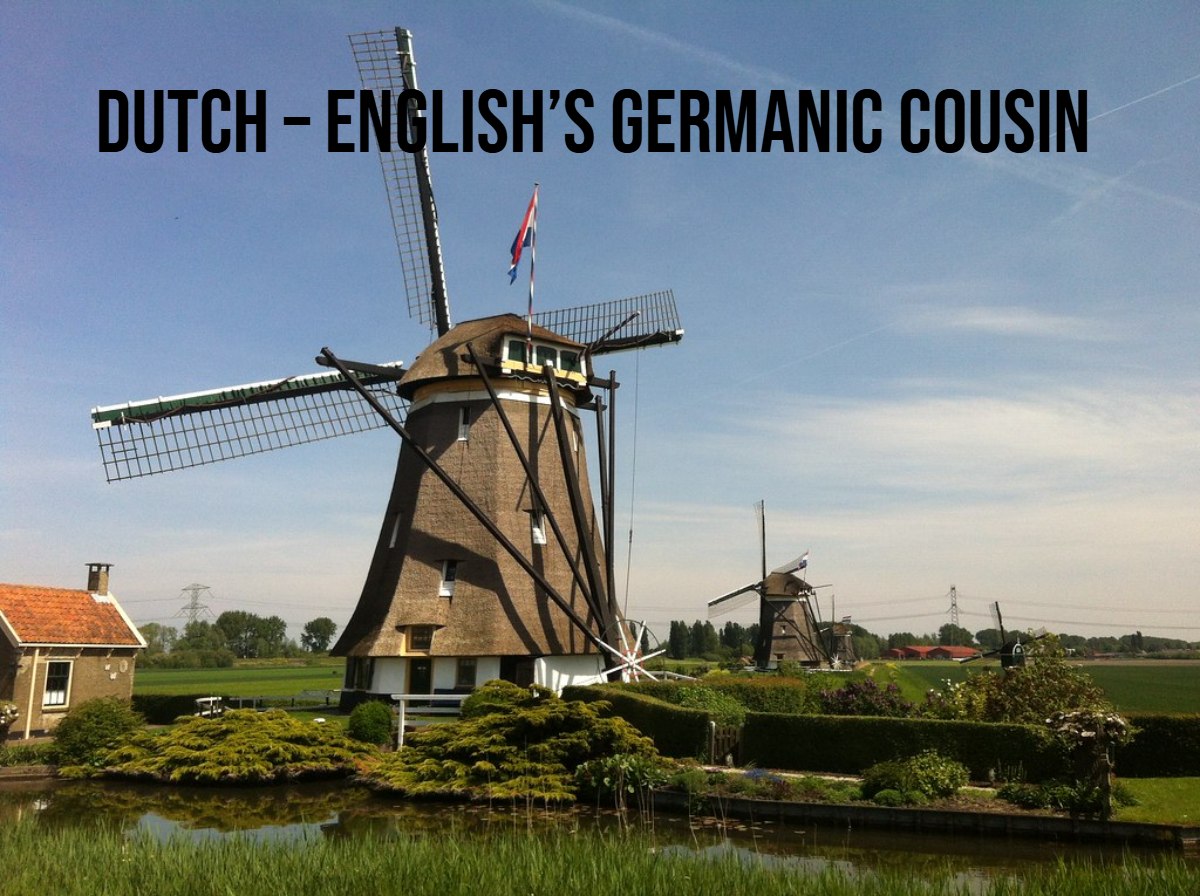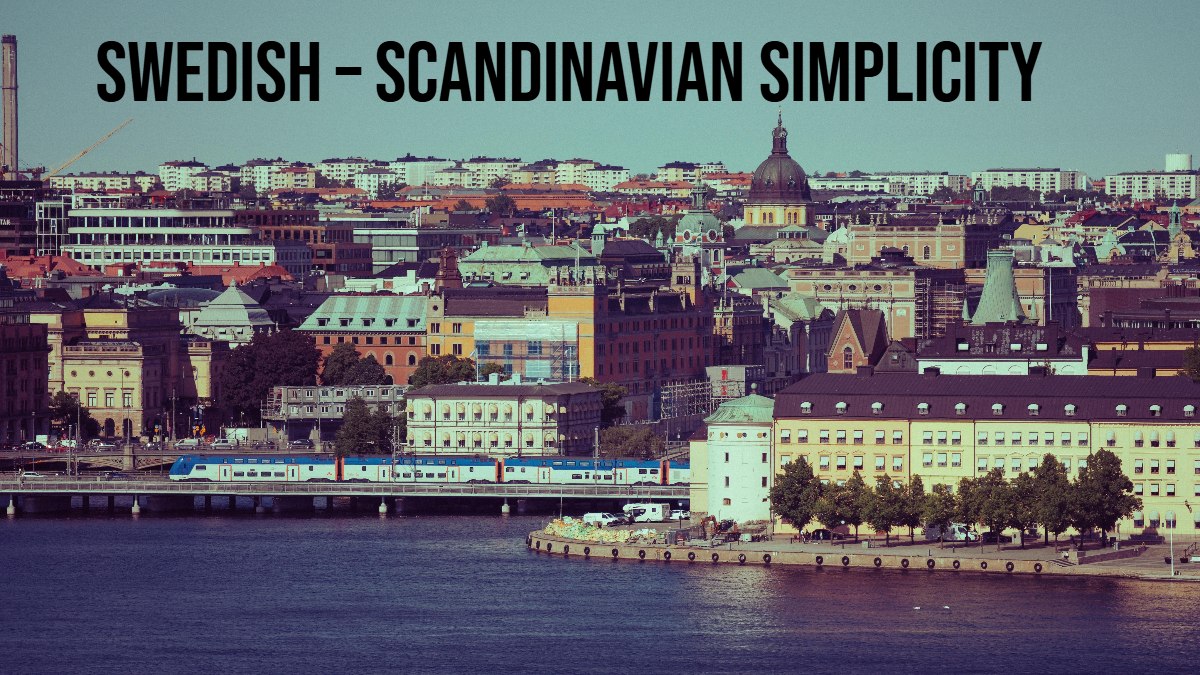Embarking on the journey of learning a new language is not just about memorizing words—it’s about unlocking doors to new cultures, opportunities, and personal growth. Many learners often ask, “What are the easiest languages to learn?” The answer depends on your background, especially if you’re an English speaker. Choosing the correct language can make your learning journey smoother, faster, and far more enjoyable.
In this comprehensive guide, we’ll explore the top 8 easiest languages to learn, why they are simple for English speakers, and how learning them can benefit your career, travel, and personal development. By the end, you’ll know exactly which language fits your goals and how to start your journey with confidence.
Importance of Learning a New Language
Learning a new language is more than just an academic pursuit. It’s a skill that enriches your life on multiple levels. The question “What are the easiest languages to learn?” becomes meaningful when you realize how much value this knowledge brings to both personal and professional life.
Cultural understanding grows more serious when you can connect with locals in their native language. Whether it’s enjoying French literature, watching Spanish films, or visiting Italian cities, language gives you authentic access. In fact, many countries with the Best Education System in the World emphasize multilingual learning, proving how essential languages are for cultural exchange and global growth.
Key Benefits of Learning a New Language
- Career Opportunities: Employers highly value bilingual candidates in business, tourism, education, and international relations. Even one foreign language can boost your competitiveness in global job markets.
- Cognitive Benefits: Language learners often develop stronger memory, better multitasking abilities, and sharper problem-solving skills.
- Travel Advantages: Knowing a foreign language makes international communication smoother and trips more enjoyable.
- Confidence Boost: Speaking with people worldwide in their native language creates a sense of empowerment and personal achievement.
Elements That Make a Language Easy to Learn
When asking “What are the easiest languages to learn?” for English speakers, it’s essential to know the key factors that influence simplicity.
- Similar Vocabulary (Cognates): Words that resemble English words reduce the learning curve. For example, Italian “hotel” or Spanish “familia.”
- Simple Grammar Rules: Languages with predictable verb conjugations and fewer exceptions are more straightforward to master.
- Phonetic Spelling: Languages like Spanish, where words are pronounced exactly as written, simplify pronunciation.
- Shared Alphabet: Languages that use the Latin alphabet are much easier compared to those that use different scripts.
- Cultural Proximity: Familiar cultural contexts make languages more accessible for practice and use.
These elements combine to make some languages significantly easier than others.
Easiest Languages to Learn(At a Glance)

| Rank | Language | Approx. Hours to Learn | Global Speakers | Why It’s Easy for English Speakers |
|---|---|---|---|---|
| 1 | Spanish | 600 | 400M+ | Phonetic spelling, simple grammar, many cognates |
| 2 | French | 600 | 300M+ | Shared vocabulary with English, global use |
| 3 | Italian | 600 | 85M | Phonetic, logical grammar, many cognates |
| 4 | Portuguese | 600 | 220M+ | Similar to Spanish, useful worldwide |
| 5 | Dutch | 575 | 23M | Germanic roots, phonetic, simple grammar |
| 6 | Swedish | 575 | 10M | Straightforward structure, English similarities |
| 7 | Norwegian | 575 | 5M | Regular grammar, English-like word order |
| 8 | Danish | 575 | 6M | Simple grammar, vocabulary overlaps with English |
Top 8 Easiest Languages to Learn for English Speakers
1.Spanish(The Global Favorite)

When it comes to learning a new language, Spanish often tops the list for beginners. Not only is it one of the most widely spoken languages in the world, but it also offers immense cultural, professional, and travel opportunities. With nearly 500 million speakers across Europe, Latin America, and the U.S., Spanish is both practical and rewarding to learn. For learners curious about what the easiest languages are to learn? Spanish stands out as a top choice.
Why It’s Easy:
- Highly phonetic – Words are pronounced exactly as they are written.
- Consistent grammar – Unlike many languages, Spanish follows predictable rules.
- English-Spanish cognates – Thousands of words are similar in both languages (e.g., animal, color).
- Widespread usage – Spoken in over 20 countries, making it valid for travel, culture, and business.
- Abundant resources – Apps, tutors, movies, music, and books are readily available for immersion.
2.French(The Language of Culture)

French is often considered the language of elegance, diplomacy, and art. With over 300 million speakers worldwide, it holds a strong place as both a global and cultural powerhouse. Its influence can be felt in international organizations, fine dining, fashion, and literature. For learners, French not only opens doors to travel and career opportunities but also provides a rich cultural experience that is admired worldwide.
Why It’s Easy:
- Vocabulary overlap with English – Thousands of English words are borrowed directly from French.
- Regular grammar – While nuanced, French grammar follows precise and predictable patterns.
- Pronunciation rules – Unique but consistent once learned, making speaking easier over time.
- Global influence – French is the official language of diplomacy, fashion, gastronomy, and many international bodies.
- Cultural connection – Perfect for anyone dreaming of exploring Paris, studying art, or working internationally.
3.Italian(Musical and Simple)

Italian is often described as one of the most beautiful and melodic languages in the world. Its rhythm and musical tone make it not only pleasant to listen to but also enjoyable to learn. Spoken by around 85 million people, Italian is deeply tied to art, music, history, architecture, and cuisine—making it a perfect choice for those who want both practicality and cultural richness.
Why It’s Easy:
- Phonetic and logical – Words are spelled exactly as they are pronounced.
- Straightforward grammar – Rules are clear and consistent, making learning smooth.
- English-Italian cognates – Many words share a common origin, such as “opera” and “hotel“.
- Cultural immersion – Opens doors to Italian art, architecture, music, and world-famous cuisine.
4.Portuguese(The Bridge Between Europe and South America)

Portuguese is a language that unlocks doors to multiple continents, including Europe, South America, and Africa. Spoken in countries like Brazil, Portugal, Angola, and Mozambique, it has more than 220 million speakers worldwide. Thanks to Brazil’s growing cultural influence in music, sports, and business, Portuguese is becoming increasingly popular among learners seeking both practical use and artistic depth.
Why It’s Easy:
- Close to Spanish – Shares many similarities, so knowing one helps in learning the other.
- Regular grammar – Rules are consistent and predictable.
- Clear pronunciation – Once the sounds are learned, speaking becomes smooth.
- Widespread use – Spoken across three continents, making it globally relevant.
- Cultural richness – Connects learners to Brazilian music, Portuguese history, and diverse traditions.
5.Dutch(English’s Germanic Cousin)

Dutch is often considered one of the easiest languages for English speakers to pick up because of its close linguistic ties. Both Dutch and English belong to the Germanic family, which explains why many words and structures feel instantly familiar. With around 23 million speakers, Dutch not only connects learners to the Netherlands and Belgium but also to Dutch-speaking communities in the Caribbean.
Why It’s Easy:
- Familiar vocabulary – Words like water and apple closely resemble their English counterparts.
- Simpler grammar than German – Easier to grasp without overly complex rules.
- Logical pronunciation – Consistent and predictable once the basics are learned.
- Cultural access – Unlocks opportunities to study, work, or travel in Dutch-speaking regions.
- Global presence – Spoken in Europe and parts of the Caribbean.
6.Swedish(Scandinavian Simplicity)

Swedish is widely regarded as the most approachable of the Scandinavian languages for English speakers. Known for its clarity and simplicity, it offers learners a smooth entry into the linguistic and cultural landscape of Northern Europe. With around 10 million speakers, Swedish provides not only practical communication skills but also access to Sweden’s rich traditions, innovation, and world-renowned design culture.
Why It’s Easy:
- Straightforward sentence structure – Easy to follow and similar to English.
- English-Swedish cognates – Many words look and sound alike in both languages.
- Simple verbs – Verbs don’t change with the subject, reducing complexity.
- Small but valuable speaker base – Around 10 million people use Swedish daily.
- Cultural access – A direct path into Scandinavian culture, design, and innovation.
7.Norwegian(The Friendliest for Beginners)

Norwegian is often praised as one of the most beginner-friendly languages in the world. Its structure is logical, its rules are consistent, and its pronunciation is straightforward. Although it has only about 5 million speakers, learning Norwegian offers a rewarding gateway into Scandinavian culture, literature, and natural beauty. Additionally, Norwegians are highly proficient in English, making it more comfortable for learners to practice and improve their skills.
Why It’s Easy:
- Consistent grammar rules – Simple and highly regular.
- English-like word order – Sentences flow in a way familiar to English speakers.
- Phonetic spelling – Words are spelled as they sound.
- Supportive environment – Norwegians’ fluency in English makes communication easy.
- Cultural access – Perfect for exploring Scandinavian travel, traditions, and history.
8.Danish(A Logical but Slightly Tricky Option)

Danish is another Scandinavian language that appeals to learners who enjoy structure and logic. While it is often considered more challenging in terms of pronunciation, once learners get accustomed to its sounds, Danish becomes straightforward and rewarding. With around 6 million speakers, it not only connects you to Denmark but also to Greenland and the Faroe Islands, offering both cultural and geographical reach.
Why It’s Easy:
- Vocabulary overlaps – Shares many similarities with English and German.
- Streamlined grammar – Predictable and consistent structures simplify learning.
- Logical language – Easy to follow once pronunciation is mastered.
- Moderate speaker base – Around 6 million people, mainly in Northern Europe.
- Cultural access – Opens opportunities in Denmark and its territories.
Which Language Should You Choose?
The best answer to “What are the easiest languages to learn?” depends on your personal goals. If travel is your aim, Spanish, French, or Italian are top choices. For career development, French and Portuguese are notable languages. If you’re fascinated by Scandinavian culture, Swedish and Norwegian are excellent.
Most importantly, the easiest language is the one that excites you the most. Motivation is the valid key to success in language learning.
Conclusion
So, what are the easiest languages to learn? For English speakers, the top 8 are Spanish, French, Italian, Portuguese, Dutch, Swedish, Norwegian, and Danish. Each of these languages is considered beginner-friendly due to its shared vocabulary, simple grammar, and cultural familiarity.
Spanish and Portuguese are highly practical for travel across Latin America, while French is valuable in global business and culture. Italian connects you with art and history, while Dutch, Swedish, and Norwegian provide easier access to Northern European societies. Danish, although slightly trickier in pronunciation, offers logical grammar and substantial cultural benefits.
Ultimately, the easiest language to learn is the one that inspires you. Whether for travel, work, or personal enrichment, starting with one of these eight options ensures a smoother and more enjoyable journey into the world of language learning.
Frequently Asked Questions (FAQs)
What are the easiest languages to learn for English speakers?
Spanish, French, Italian, Portuguese, Dutch, Swedish, Norwegian, and Danish.
How long does it take to learn them?
On average, 575–600 hours for conversational proficiency.
Are Romance languages easier than Germanic languages?
Both are easy—Romance languages share vocabulary with English, while Germanic ones share grammar structures.
Which language is best for travel?
Spanish is the most practical, followed by French and Italian.
Can I learn two languages simultaneously?
Yes, but beginners should start with one for better focus and faster progress.





